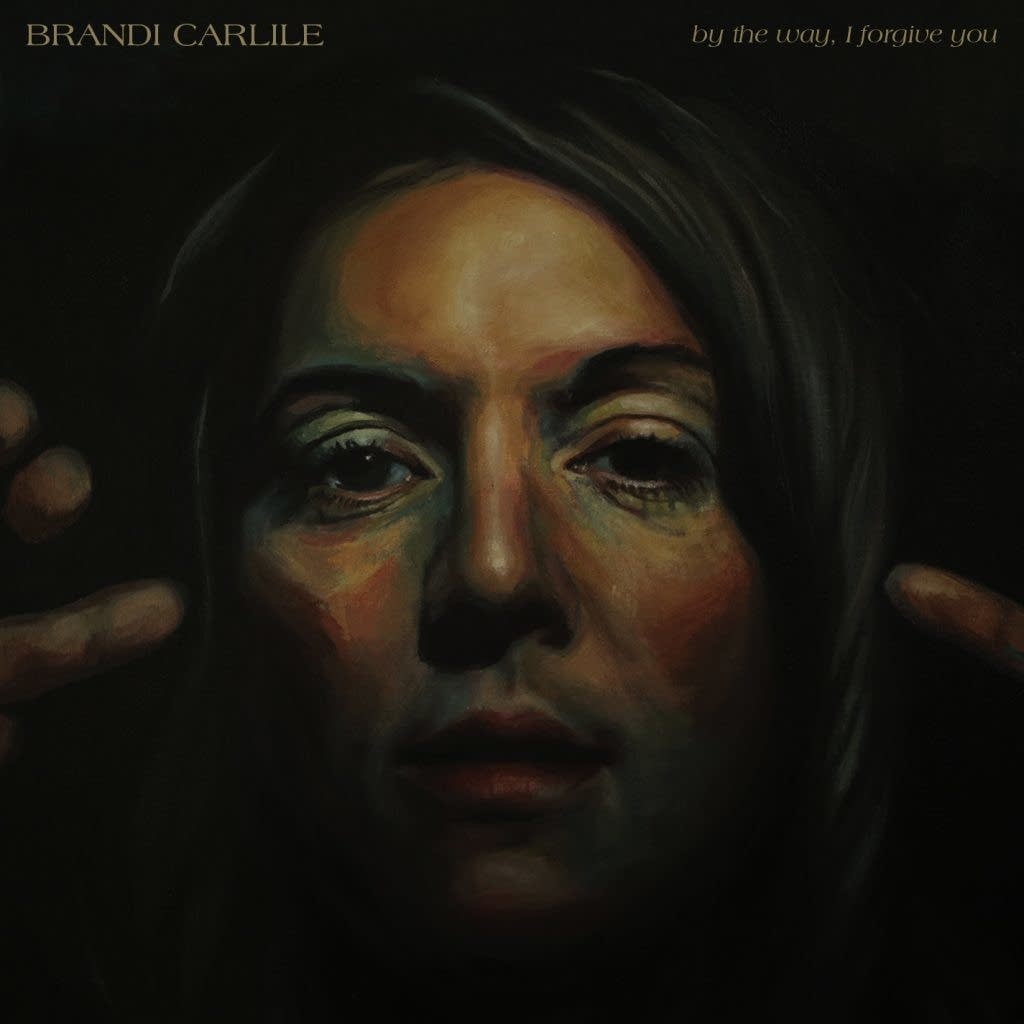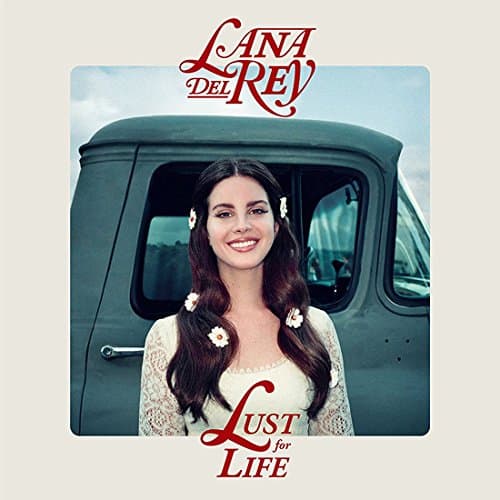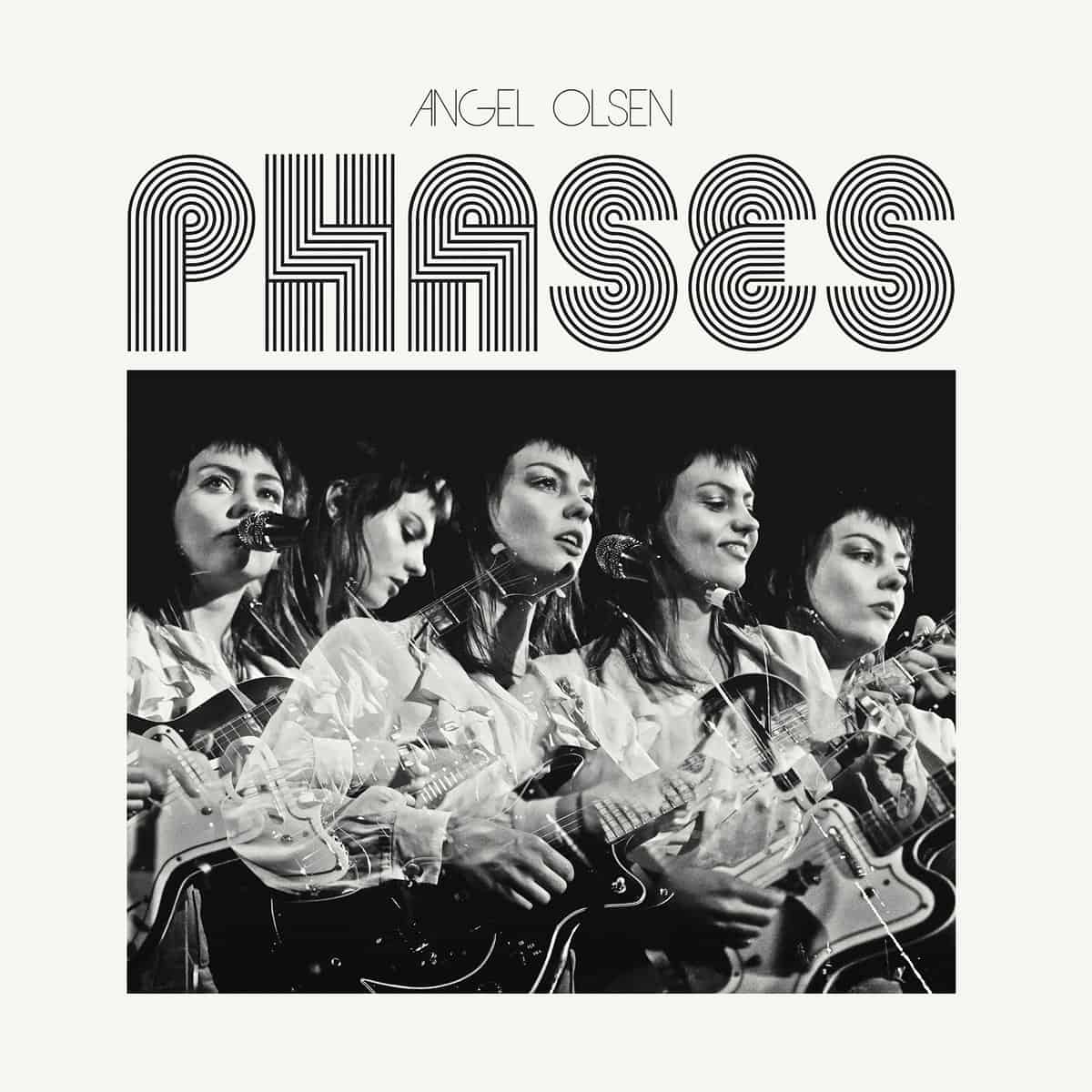Marketplace
2018 Dead Oceans PRESSING
- Catalog Number DOC150
- Release Year 2018
- Vinyl Mastering Engineer Ryan K. Smith
- Pressing Weight Regular Weight
- Jacket Style Gatefold
When listening to this album I think of this band or music:
Over the course of four prior albums, Mitski had become the sort of artist hailed as the future of indie rock. Her sharp, seemingly confessional lyricism was prone to sudden jolts, and her music owed a debt both the approachability of Liz Phair and confrontation of more recent St. Vincent. But the artist, born Mitski Miyawaki, thinks much bigger on Be the Cowboy. Whether a result of touring with Lorde or simply her desire to shake off indie-rock’s trappings, this is a wide-screen album with a wildly colorful sonic palate—a set that showcases an artist with a penchant for guitar rock opting to go full-scale pop. She’s described the effort as the outcome of “feeling really nihilistic” while trying to make pop. In other words, her prior shoegaze-like atmospheres and tense rave-ups have disappeared and morphed into something that references our digital age without completely succumbing to it. Mitski’s blend of slightly experimental rock n’ roll roots with bright, dance-friendly hues could make Robyn proud.
Music from this album would be a great soundtrack to this movie:
Containing 14 songs and a run time of about 32 minutes, Be the Cowboy comes on as a rush of ideas, with the pacing, tempo, and sonic accoutrements suddenly changing shape and direction without warning. Topically, Mitski has romance on the brain—specifically, the effects of loneliness and how one’s views toward commitment can change over time . Worth noting, too, is how cool, fashionable, and cosmopolitan it all sounds, as if Mitski created a soundtrack in search of a Sofia Coppola film.
Part of what makes Mitski’s music on Be the Cowboy so enrapturing is how it manages to constantly feel unexpected yet never cold. Her voice, as evident from the opening “Geyser,” remains front and center no matter what new studio toys she utilizes. Stern and clear, the vocal approach doesn’t make a song’s emotion abundantly clear, and the tunes seem full of contradictions—whether on the light-stepping, go-to-a-party disco of “Nobody,” which conflicts with lyrics that long to remember passion, or “Geyser,” where disruptions of noise hint at the words’ more unsettling nature. “Though I’m a geyser, bubbling from below,” she sings, throwing into question previous pledges to commitment while synths, guitars, and a digital orchestra lift Mitski to the heavens.
Not everything relies on opposing layers. “Why Didn’t You Stop Me?” lets a striking and stark guitar riff give way to a cheerful synths, the sounds mirroring each other and reflecting lyrics that struggle to let go of old sentiments. “Me and My Husband,” which launches with a sigh, soon segues into an array of marching synths—think Lily Allen at her most inventive—as Mitski offers a view of marriage certainly that isn’t optimistic but not full-on pessimistic, either.
At times, it seems as if a rather gorgeous baroque pop album hides underneath the buoyant arrangements. Witness the piano melody that comes to the fore on “Old Friend,” which hints at a bit of the struggle of maintaining relations with ex-lovers. Or “Lonesome Love,” an album centerpiece on which the narrator feels equally lonely in and out of love. Meanwhile, the guitars settle into a slight country gallop, at least until the low-down atmospheres of the confessional chorus.
If adulthood isn’t going to be easy, Mitski makes it at least sound like a blast. See the pulsating grooves of “Washing Machine Heart” where the protagonist can’t help but envision a lover’s dirty laundry, or the sunny, musical box charm of “Blue Light,” on which she sings of a solitary mind losing its grip. Be the Cowboy emerges as Mitski’s boldest and most playfully lively album to date, but at its core, it remains a thoughtful work about the games our head can play on us. By closing with “Two Slow Dancers,” in which a delicate electro-piano forms the backdrop for a tune in which a pair old lovers reconnect at an advanced age, Mitski ensures listeners remain well aware she intends for them to contemplate as much as move their feet.
Our review vinyl is black, not the “Coke bottle green” edition. It’s a little warped and noisy at the lead-ins on both sides. Occasionally, noise intrudes during the music and the backgrounds aren’t as “jet black” quiet as better pressings. Sonically however, the record (lacquers cut by Ryan K. Smith at Sterling Sound, one of the best in the biz) is a blast and completely in step with the adventurous songs. The soundstage doubles as a panorama that dramatically extends layers of sound past the speaker boundaries (if you’re on headphones, it will probably remind you of surround sound). It features punchy bass and good clarity, and feels immersive. Tambourines and other background instruments have real presence. And most important, it’s fun.
Dead Oceans also had fun in mind with the album art. Credit the label for doing a single-pocket gatefold for a single LP, and the artwork showcases a dramatic flair with its striking images. While the jacket is thin enough that it arrived with a seam split, it comes with a massive poster with great pictures—one of the fantastic aspects about vinyl. You don’t get a poster when streaming low-res audio!
Be The Cowboy
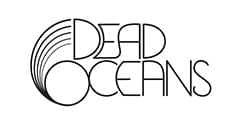
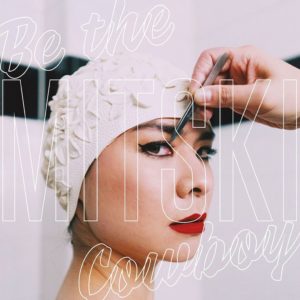
 3.5
3.5
